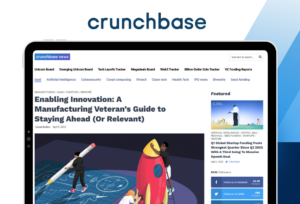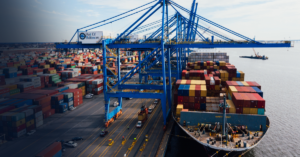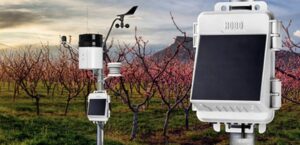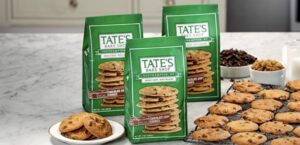COVID-19 Recovery Outlook for Food and Beverage Manufacturers

Food and beverage manufacturers in the U.S. took a substantial hit during the COVID-19 lockdown. The unprecedented disruptions affected supply chains, the foodservice sector, and commodity prices. As the country looks ahead to the recovery phase of the pandemic, many questions emerge about the industry’s outlook as it moves forward amid a changing consumer landscape.
China was at the heart of the coronavirus outbreak back in January 2020. By the end of that month, most regions had activated emergency responses, and most of China’s population began to stay at home to avoid the spread of the virus. By early March, new cases of the virus had slowed considerably, and by the end of March, much of the country had lifted lockdowns.
Manufacturers from other countries, including the United States, can look to China for lessons on how to plan for the future as the food and beverage industry starts to resume regular activity in China.
China’s food and beverage industry was devastated by COVID-19
As the virus evolved with shocking speed, 93% of foodservice companies stopped operating, according to the Chinese Cuisine Association. The retail sector, which includes grocery stores, e-commerce, and department stores, took a 50% hit. Another report revealed that food and beverage sales fell 46% in one two-week period spanning January and February.
How is China recovering from the pandemic?
Although business in China is slowly resuming, and their situation is improving, their GDP growth rate for 2020 is projected to be below 6%. The strength and speed of their recovery will depend heavily on how well other significant economies–mainly the U.S. and Europe—get through the pandemic.
As for the food and beverage companies, China sees a different approach across the value chain that includes:
- the expansion of group purchases for corporations
- contactless coffee machines to address food safety concerns
- packaged products to meet the growth of in-home meals
- safe online purchasing
- food delivery with ‘no-touch’ technology
- foods to aid a healthy immune system
Insights from the Streetbees COVID-19 Human Impact Tracker show that 80% of Chinese consumers changed both their shopping and consumption habits during the pandemic. People were stocking up on foods such as instant noodles, instant soups, and frozen foods. These non-perishables have the advantage of being long-lasting, shelf-stable, and easy-to-store, thus keeping trips to the grocery store (and the risk of infection) to a minimum.
In the future, COVID-19 will have transformed the shopping habits in the Chinese market, including what and where people will eat. Here are some of the implications for the food and beverage industry in other countries as they recover from the virus.
Consumers are seeking flavorful, convenient, and nutritious DIY home meals.
Even though there was a spike in instant foods during the pandemic, things are changing as consumers begin to explore more nutritious meals. Across China, people are spending more time in the kitchen, cooking healthful meals from scratch.
Consumers are seeking increased visibility into product sourcing and safety.
The coronavirus has made consumers acutely aware of the importance of food hygiene and food safety. Technologies such as enterprise resource planning (ERP) systems are critical in allowing better visibility and transparency into product sourcing and manufacturing.
Consumers are prioritizing foods that support health and wellness.
Consumers are looking for natural ingredients, such as lemon and ginger, to enhance their health and fight infections.
The return to normalcy in China has been sluggish. However, spending is now at its highest point since the start of the pandemic. And the food and beverage sectors have learned much from COVID-19, which can help the U.S. and other countries as they face their own recoveries.
Similar Blogs

Decision Resources Featured on Crunchbase

Chips, drugs, and steel — how to prepare for Trump tariffs





